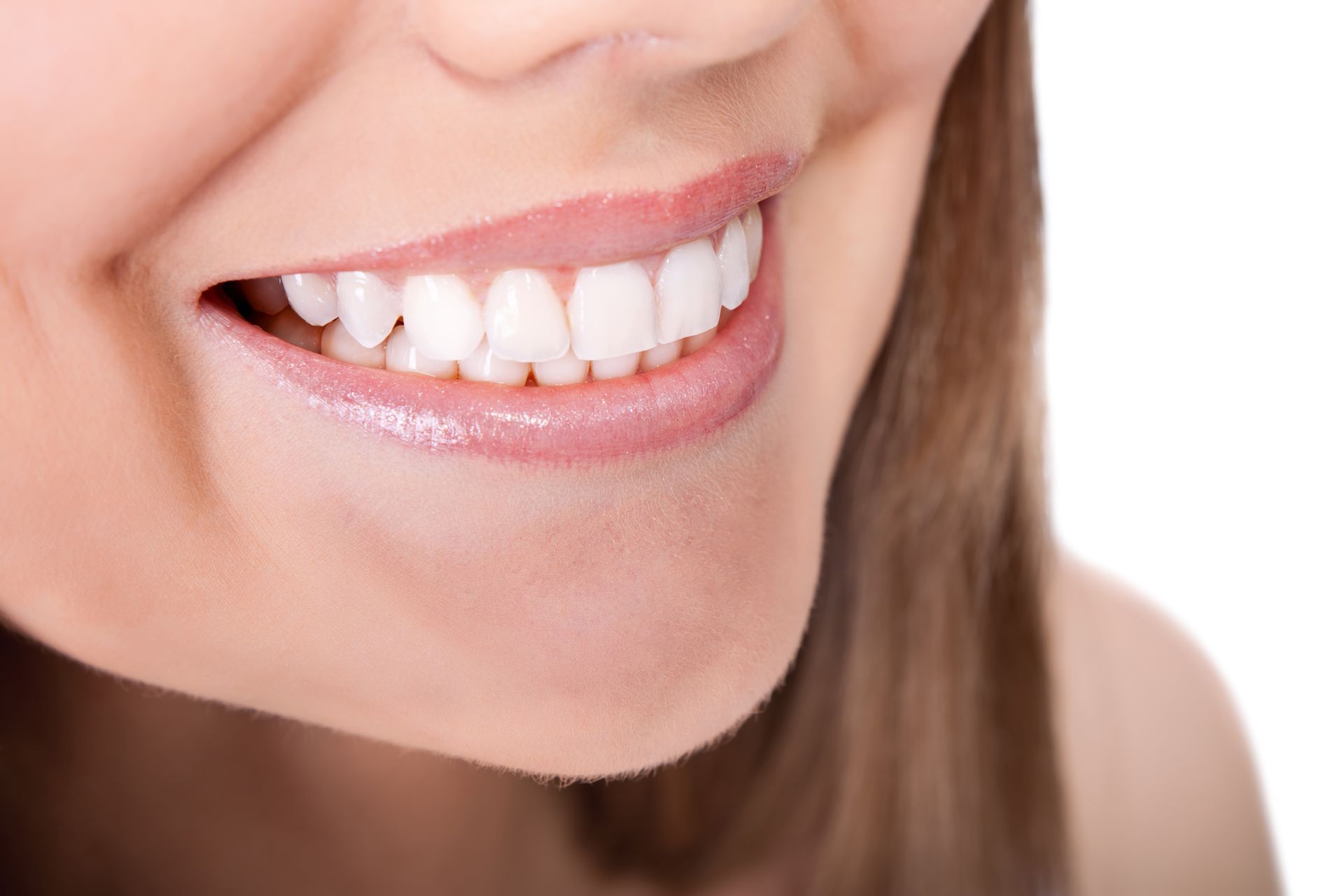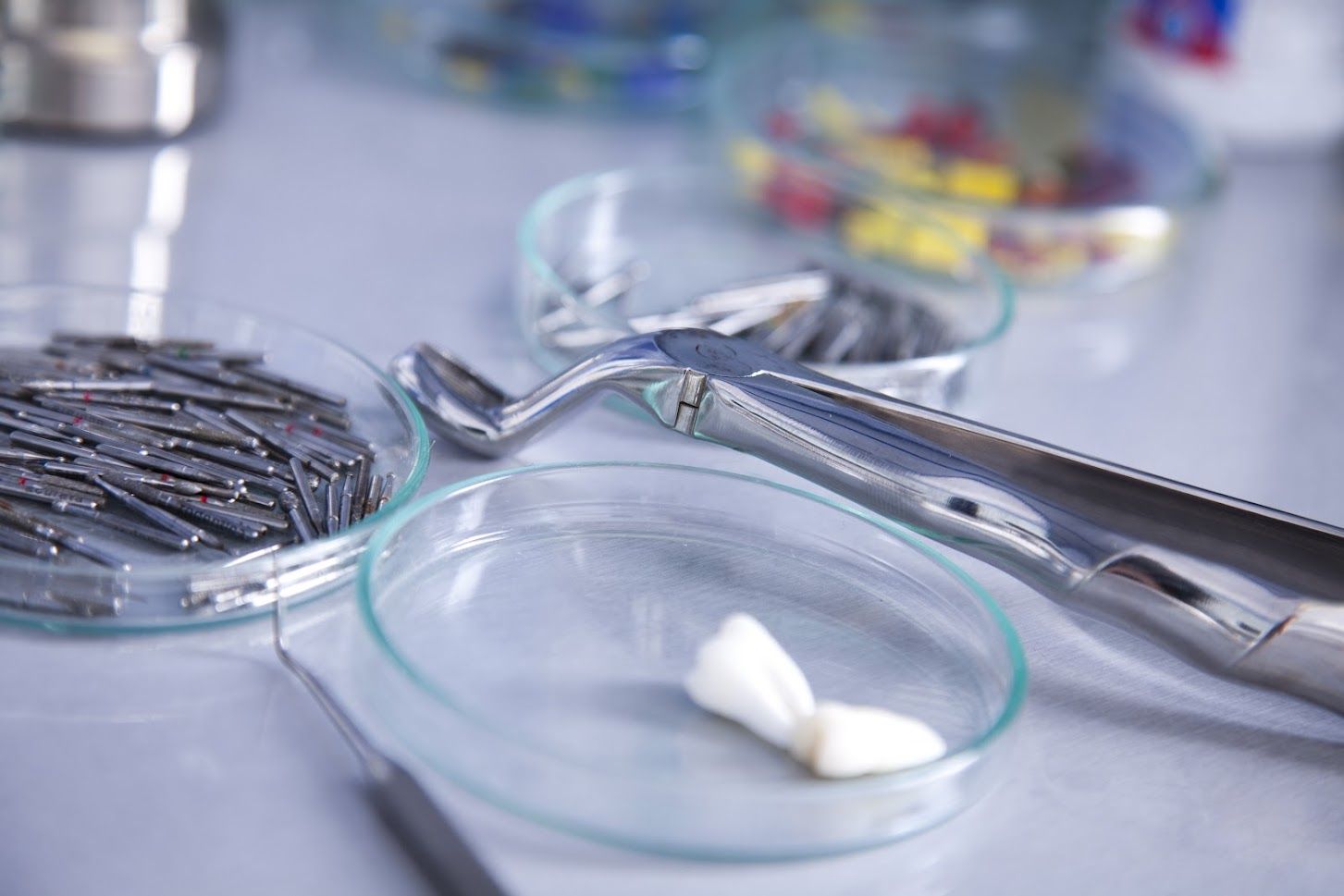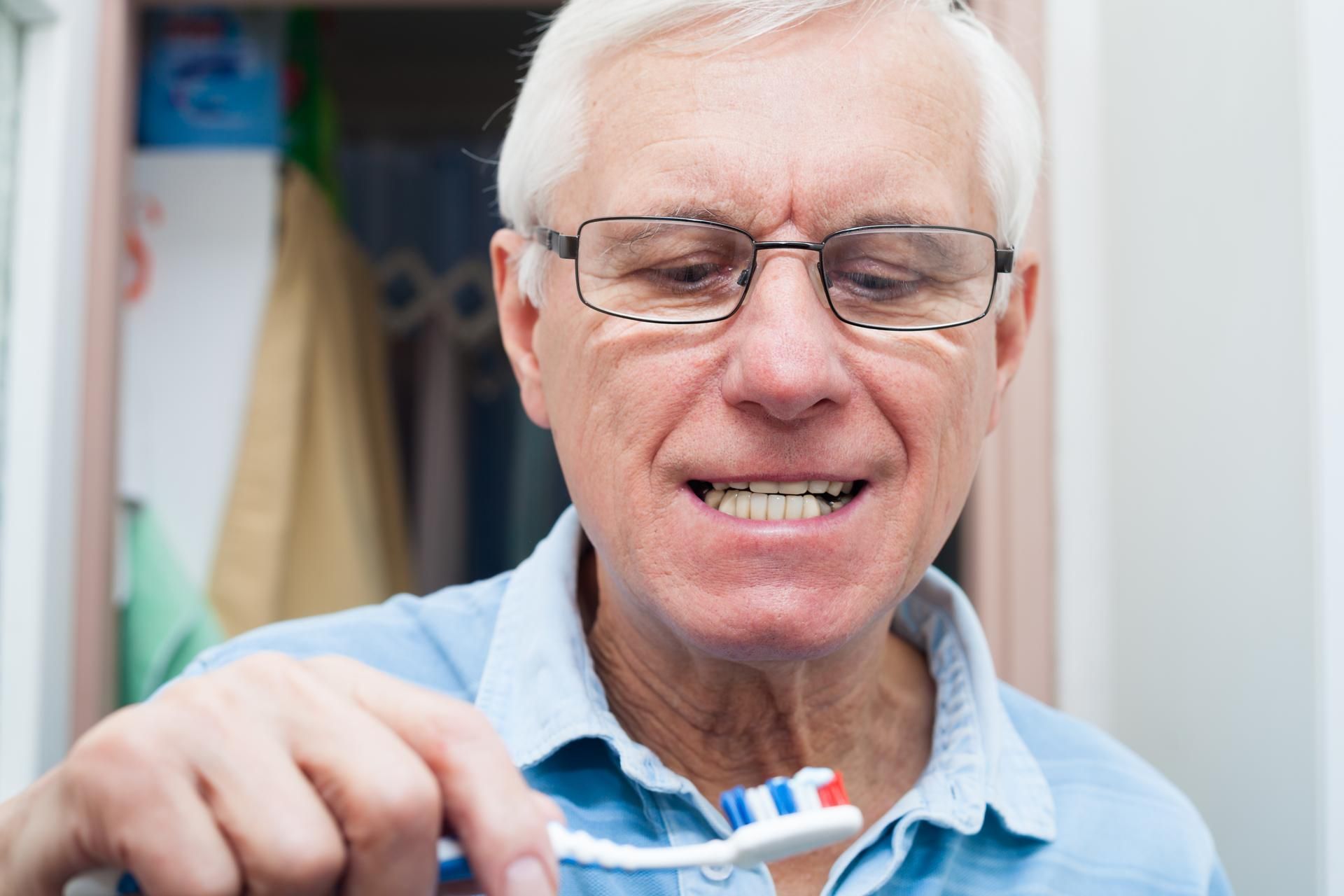(843) 216-0908
3 Types of Sedation Dentistry

Dental anxiety is still a prevalent issue for many people. Dentists employ various sedation methods to ensure patients' comfort to make procedures as worry-free and painless as possible.
Sedation dentistry is a branch of dentistry that uses medicine to put patients at ease so they can get dental work done. By understanding these three sedation types and their applications, you can easily visit your dentist.
1. Nitrous Oxide
Laughing gas, or nitrous oxide, is a form of inhalation mild sedation frequently used in dentistry to assist patients feel at ease.
Nitrous oxide is delivered in a mixture with oxygen using a tiny mask that rests over the patient's nose. Nitrous oxide's sedative effects can include sensations of relaxation, serenity, and even euphoria.
Nitrous oxide sedation dentistry has a shorter duration than other methods. Removal of the mask allows the patient to breathe normally, and the nitrous oxide's sedative effects quickly go away. After a dental procedure, the patient can go directly home or to work in their own vehicle.
Nitrous gas has the added benefit of being relatively risk-free. Common side effects like dizziness, headache, and nausea typically disappear when patients return to breathing normal oxygen.
2. Intravenous Sedation
Conscious sedation dentistry, also known as intravenous (IV) sedation, is the administration of medicine through an IV line in order to put the patient into an intense level of relaxation and unconsciousness in order to perform dental treatments. Sedation dentistry is the most advanced method of calming patients' nerves throughout lengthy dental operations or for those who suffer from extreme dental anxiety.
IV sedation entails inserting an intravenous line into a vein in the arm, allowing for the direct administration of sedative medicines. Because of this, the dentist may quickly and precisely modify the patient's sedation dosage throughout the procedure.
The dentist and other medical staff closely monitor the patient's vital signs during sedation. Sedation via intravenous drug administration is a safe and effective method, with the added benefit of being reversible if necessary.
IV sedation helps patients relax during dental procedures, making for a more efficient and pleasant visit to the dentist. Also, it can assist ease patients' nerves so they can get the necessary dental care. IV sedation also allows the dentist to do many operations in one appointment, saving the patient time and money.
3. Oral Sedation
During an oral sedation procedure, the patient is administered tranquilizing drugs, typically in pill form. Oral sedation may not be appropriate for patients who are pregnant, individuals with certain medical conditions, or patients taking certain drugs.
Oral sedation typically involves benzodiazepines like Halcion. Anti-anxiety and sleep aid drugs like these have a sedative impact on the brain and neurological system. As a result of the brief amnesic impact they can cause, the patient may have trouble recalling the specifics of the treatment afterward.
Administering oral sedatives begins around an hour before the scheduled operation. The patient will follow the dentist's instructions for administering the pill and then wait for the medication to take effect. Each patient's dosage is individualized to produce the desired level of sedation. Even if they feel sleepy or tired, patients can still talk to their dentist if needed.
The patient's vitals will be monitored throughout the surgery to ensure they are doing okay. If necessary, the dentist might also modify the depth of the sedation. The patient will be given time to rest when the surgery ends, and the medication's effects have worn off. Since this could take a while, the patient should arrange a ride home.
Contact us at Smiles By Hogan for sedation dentistry during all dental work.
CONTACT
Information
Phone: (843) 216-0908
Address: 3405 Salterbeck St. STE 100
Mt. Pleasant, SC 29466
Email: office@smilesbyhogan.com
BUSINESS
Hours
- Monday
- -
- Tuesday
- -
- Wed - Thu
- -
- Friday
- -
- Sat - Sun
- Closed
















